Detailed Investigation Report: Alaska Airlines Flight 261 Accident
VerifiedAdded on 2023/01/23
|16
|1112
|82
Report
AI Summary
The report analyzes the tragic crash of Alaska Airlines Flight 261, a McDonnell Douglas MD-83, which occurred on January 31, 2000. The flight, AS261, experienced a catastrophic failure of the horizontal stabilizer trim system due to worn-out threads on the jackscrew, caused by inadequate lubrication. The report details the flight's final moments, including the crew's attempts to regain control, and the subsequent crash into the Pacific Ocean. It examines causal factors, including maintenance failures related to lubrication intervals and discrepancies between maintenance manuals and practices. Personnel information, including details about the captain and first officer, is provided. The report also includes recommendations for pilots, management, and engineers to prevent similar accidents in the future, such as improved maintenance procedures, fail-safe mechanisms, and enhanced pilot training. The report references several sources including NTSB reports and cockpit voice recordings. The report concludes with professional recommendations for pilots, management, and engineers to prevent similar accidents.
1 out of 16

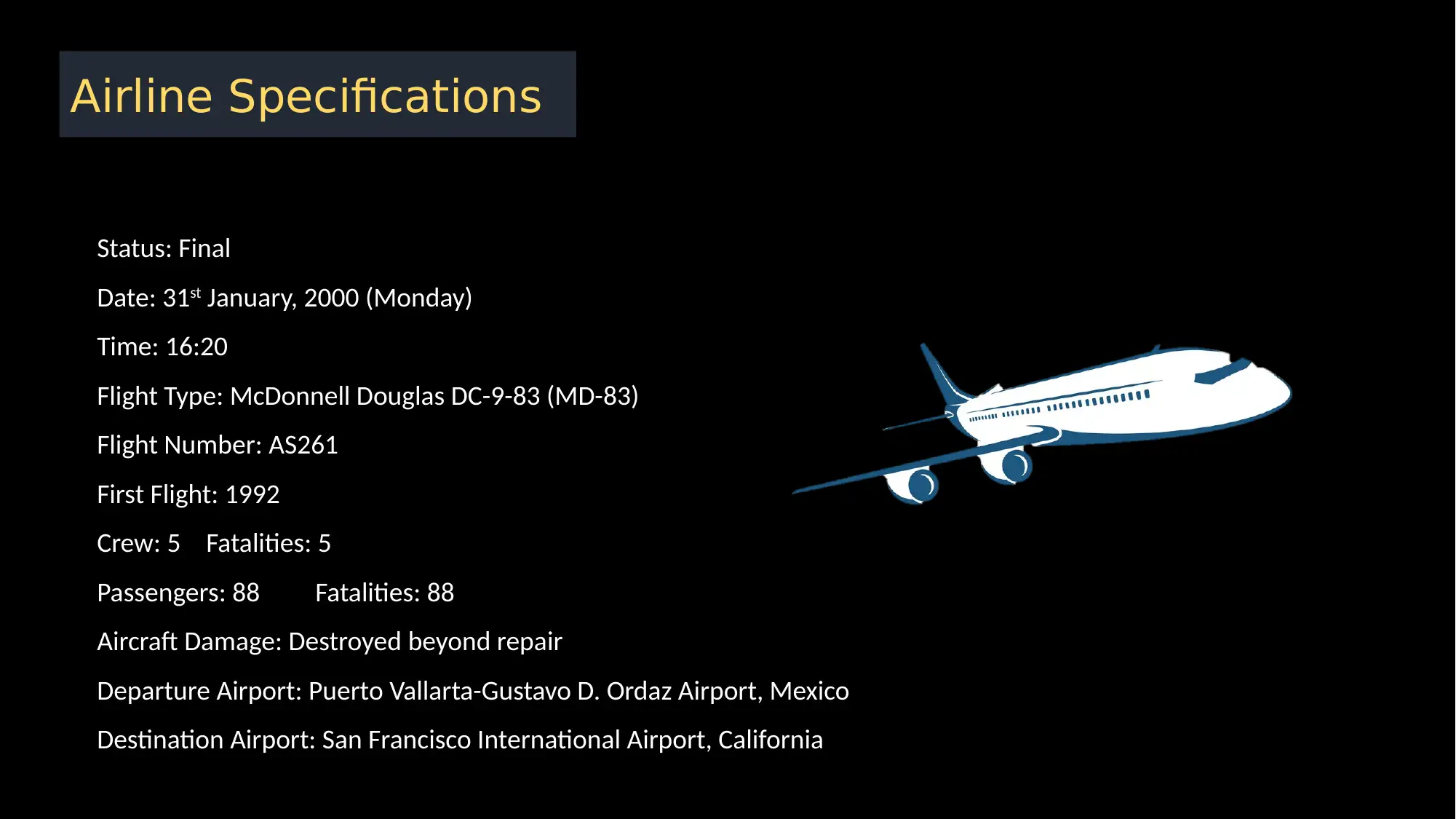
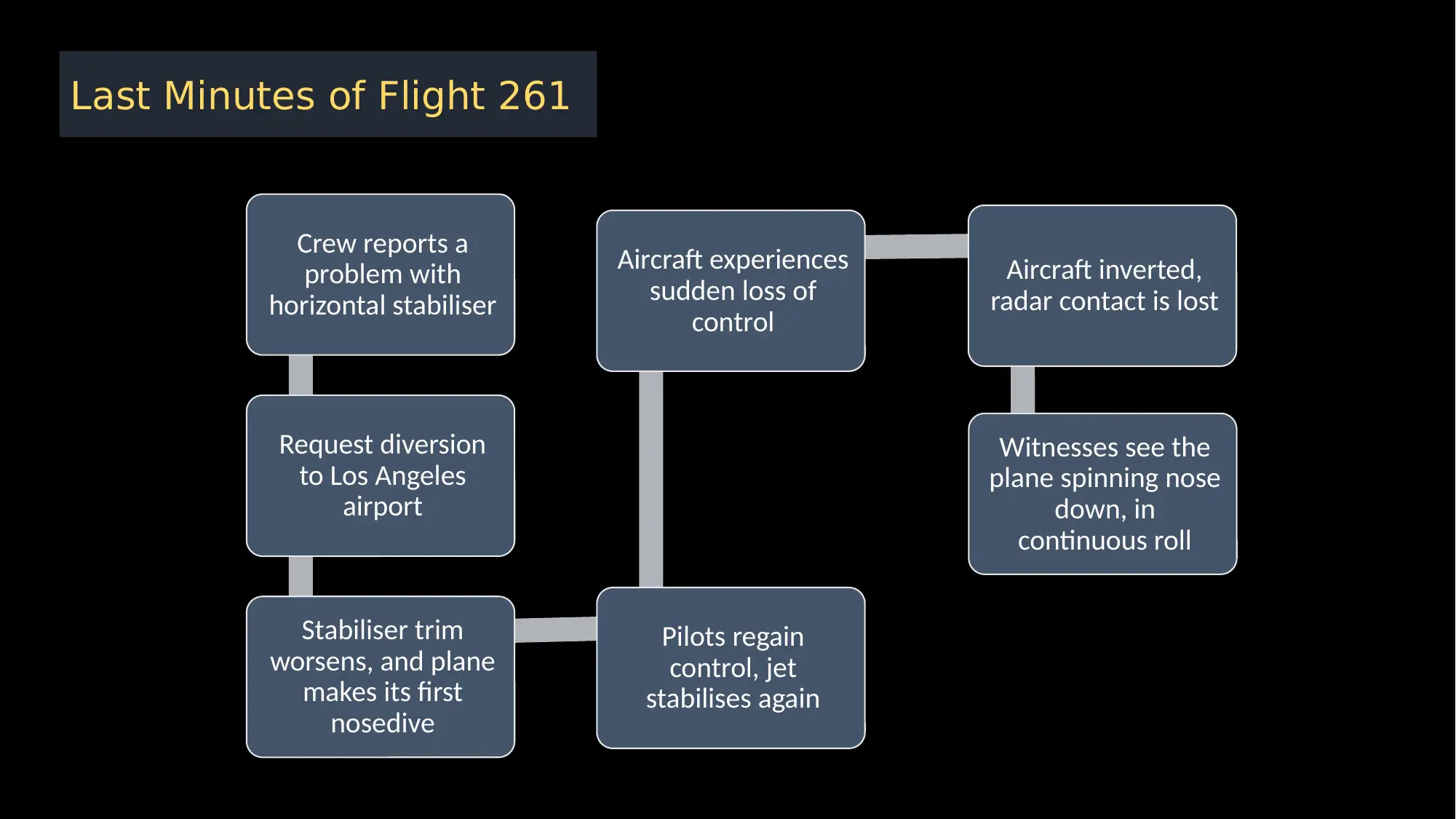
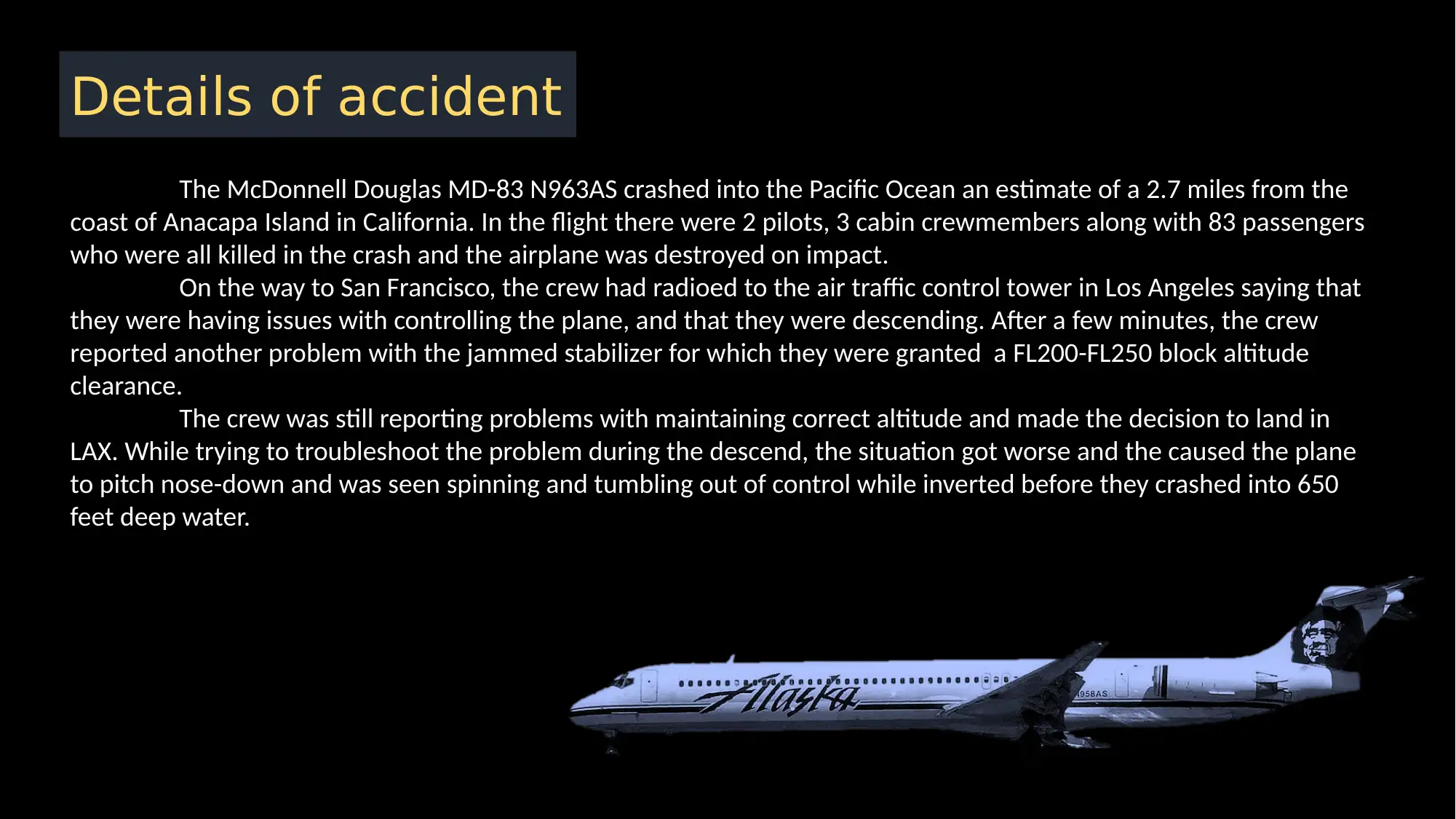
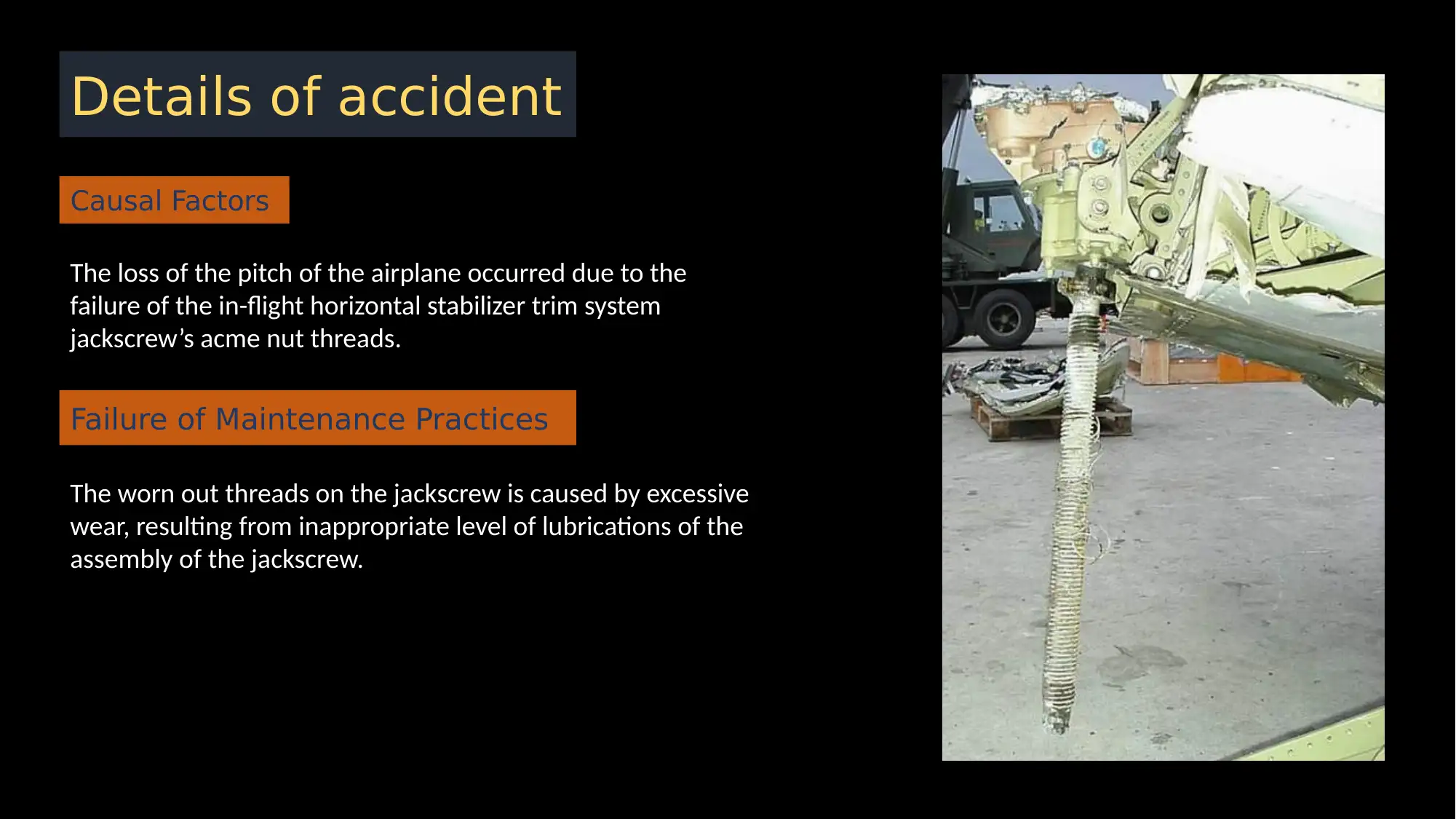
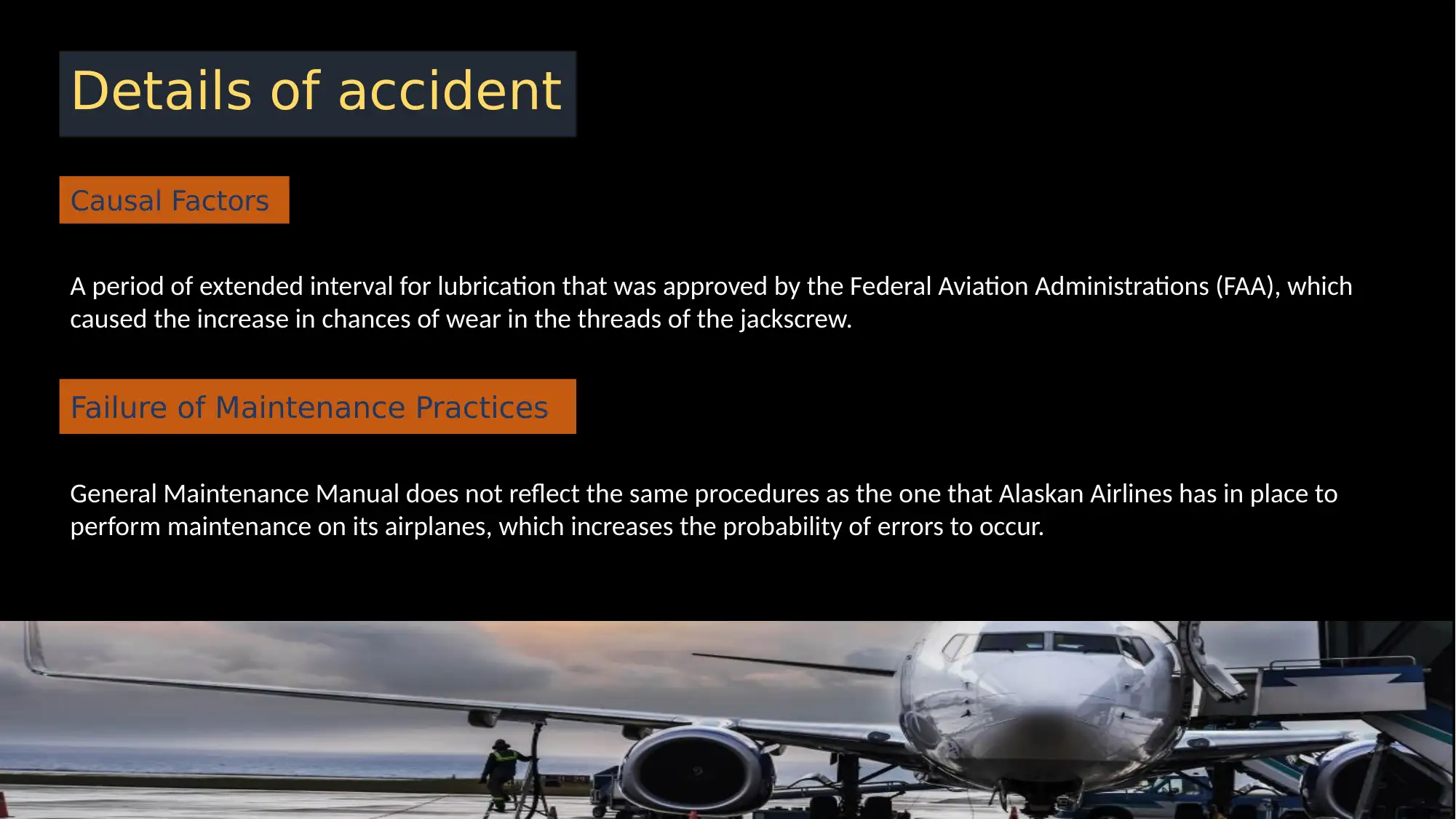
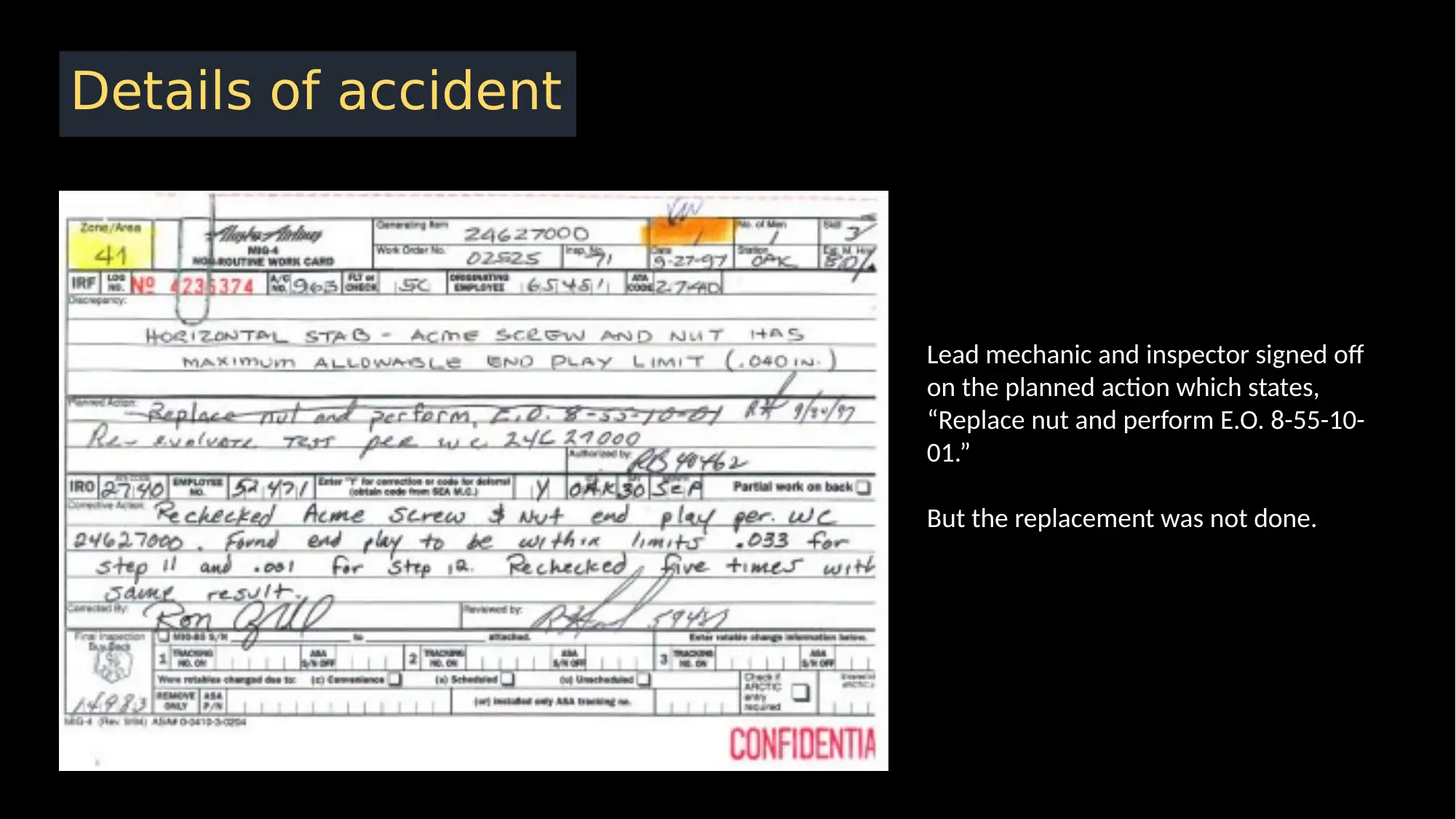
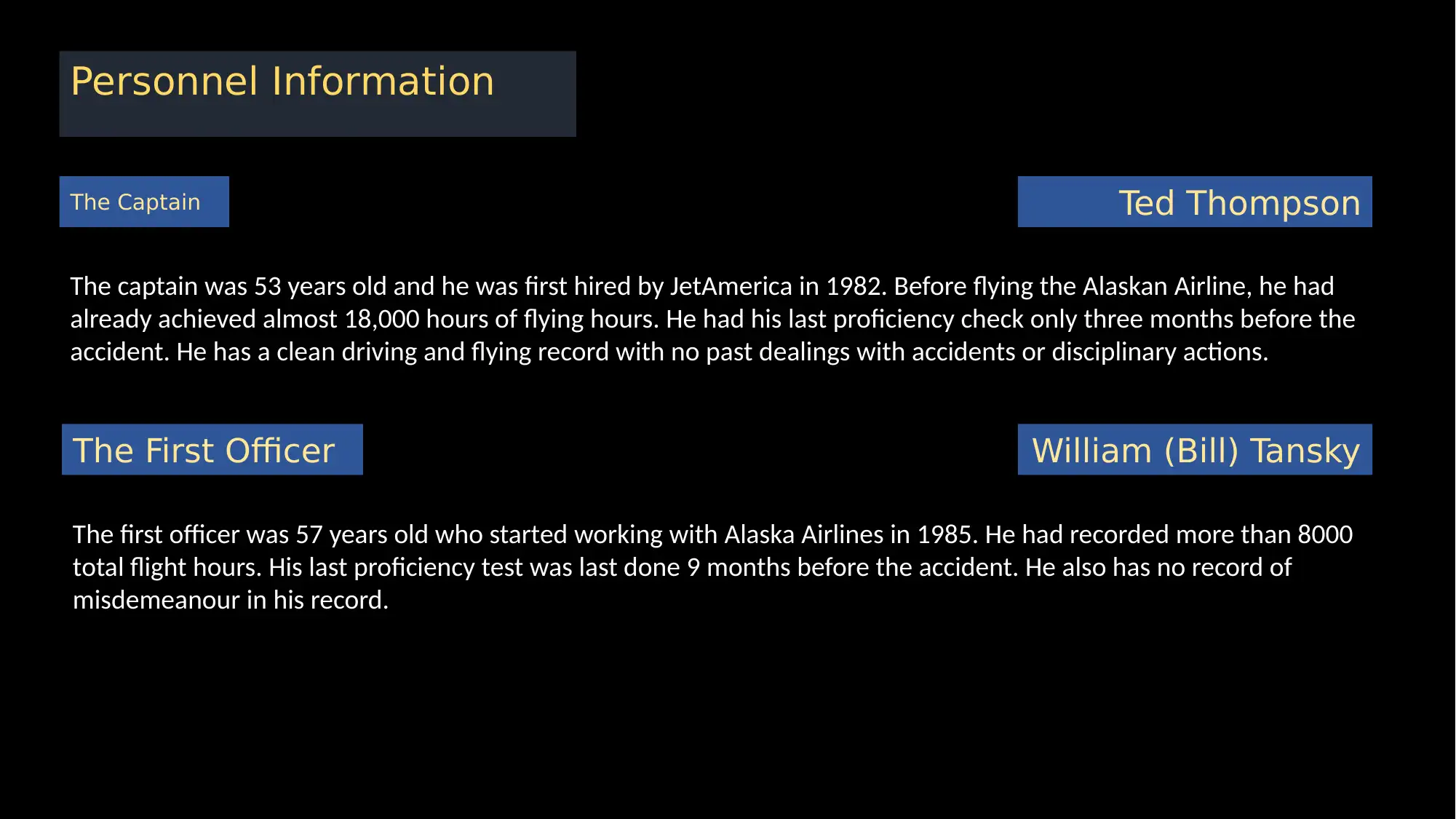
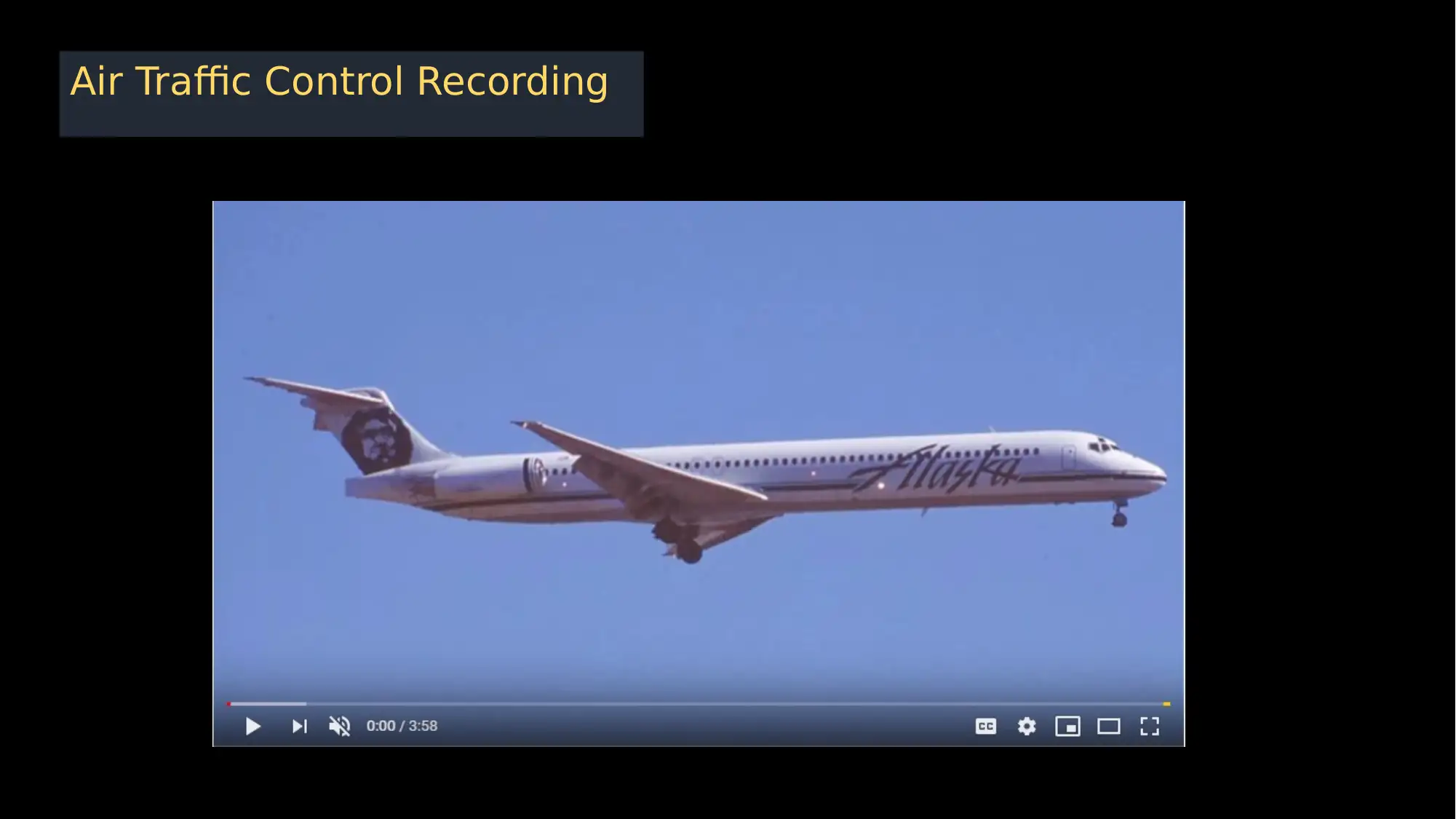
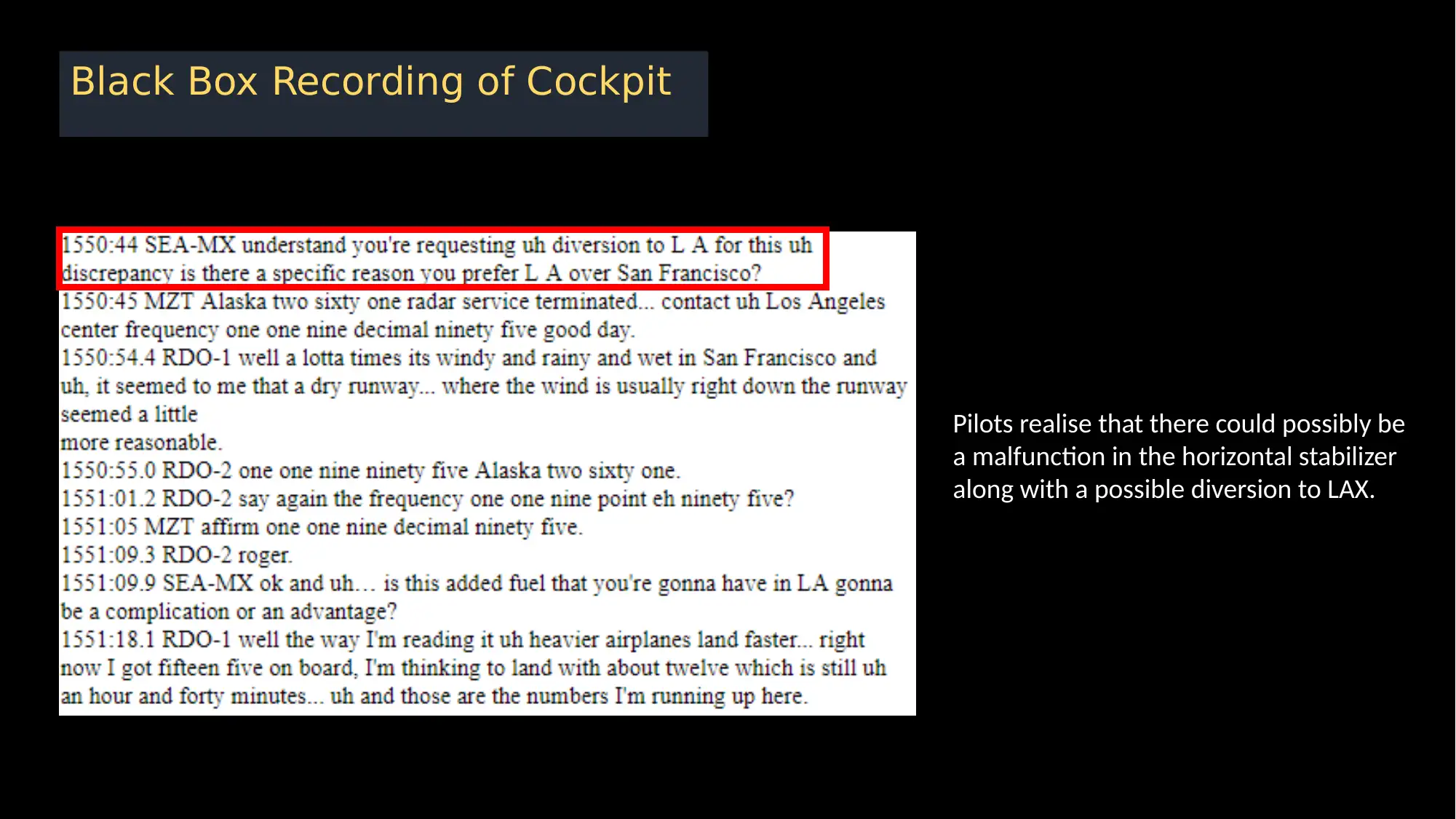
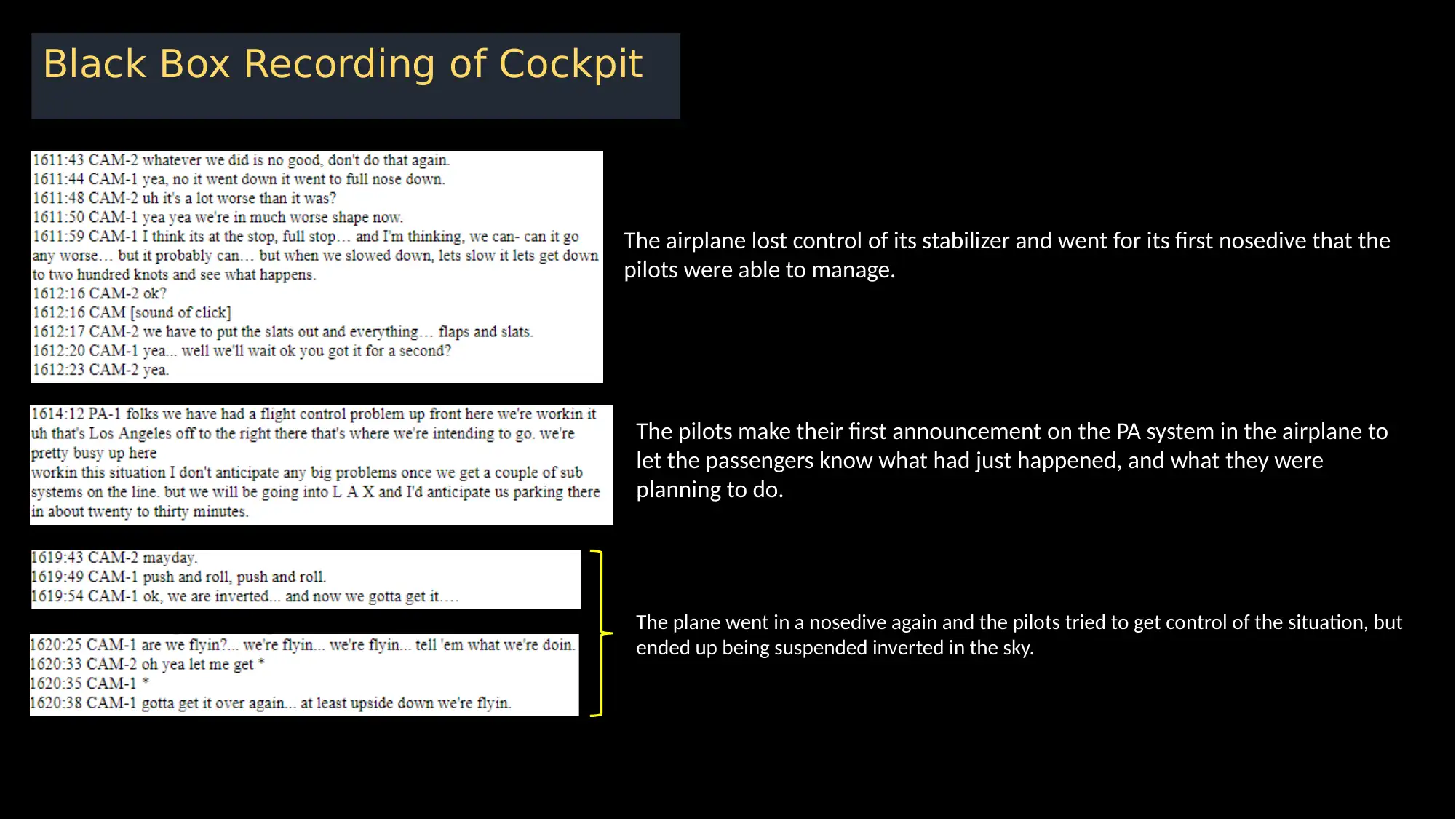
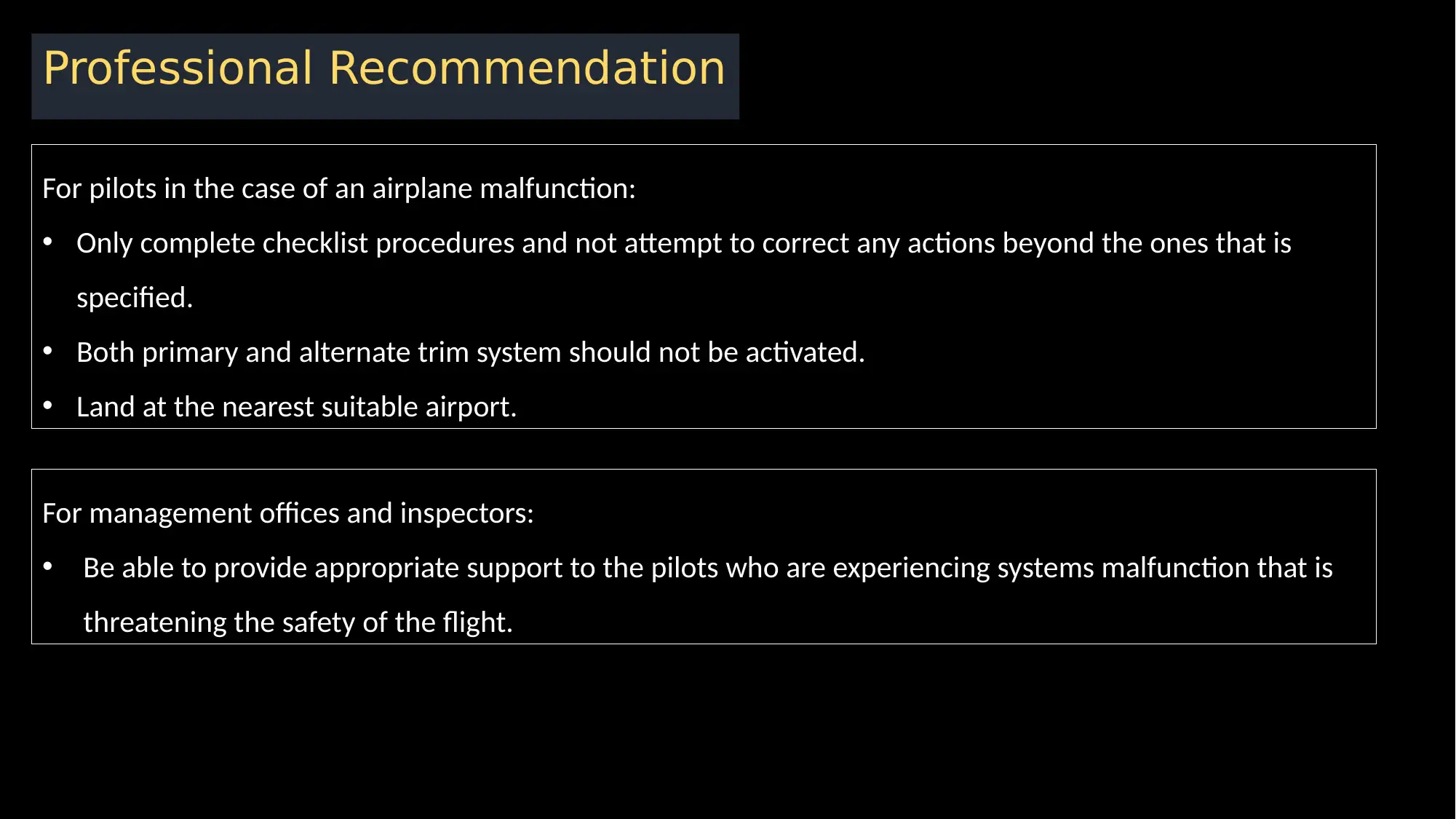
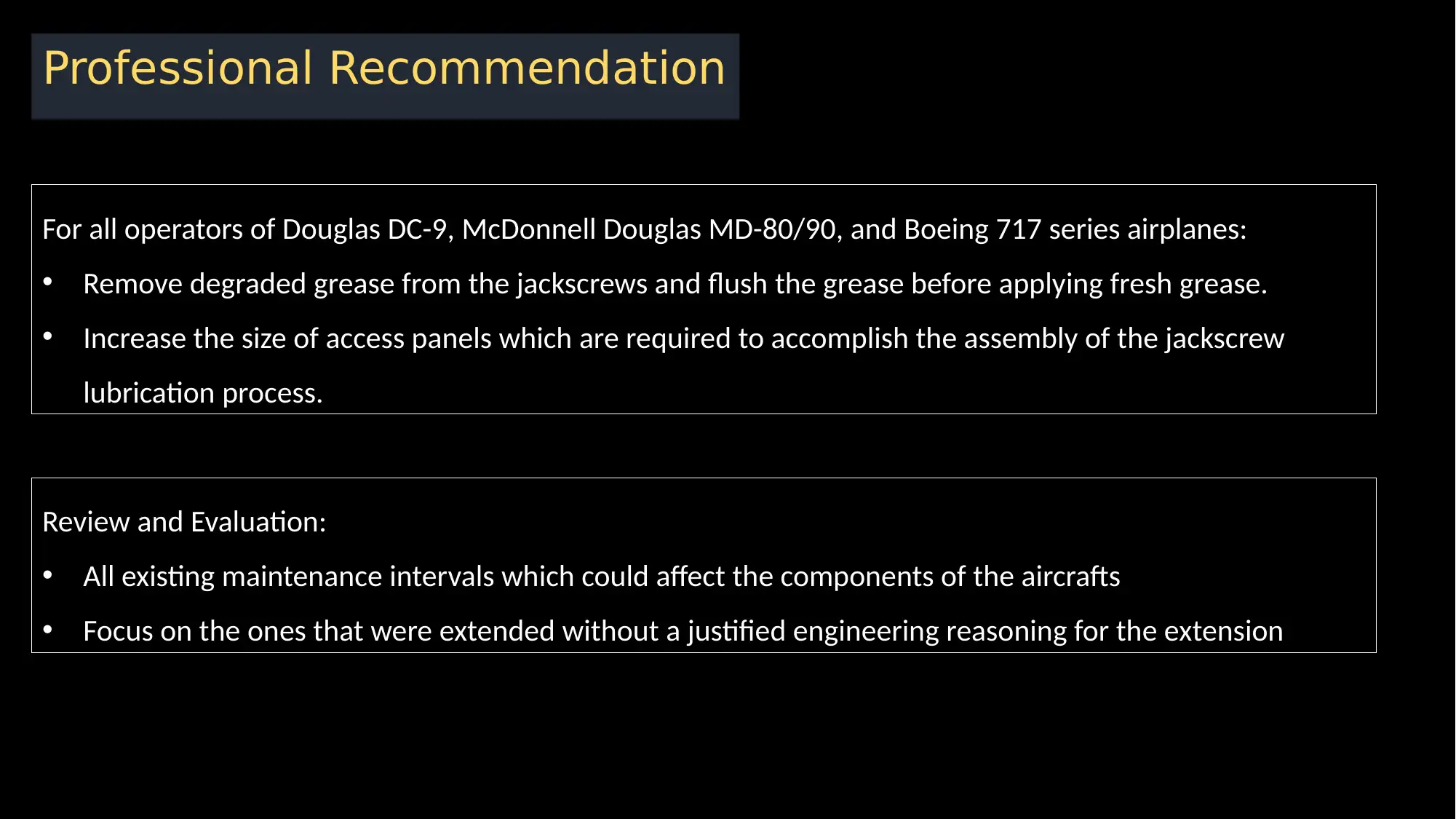
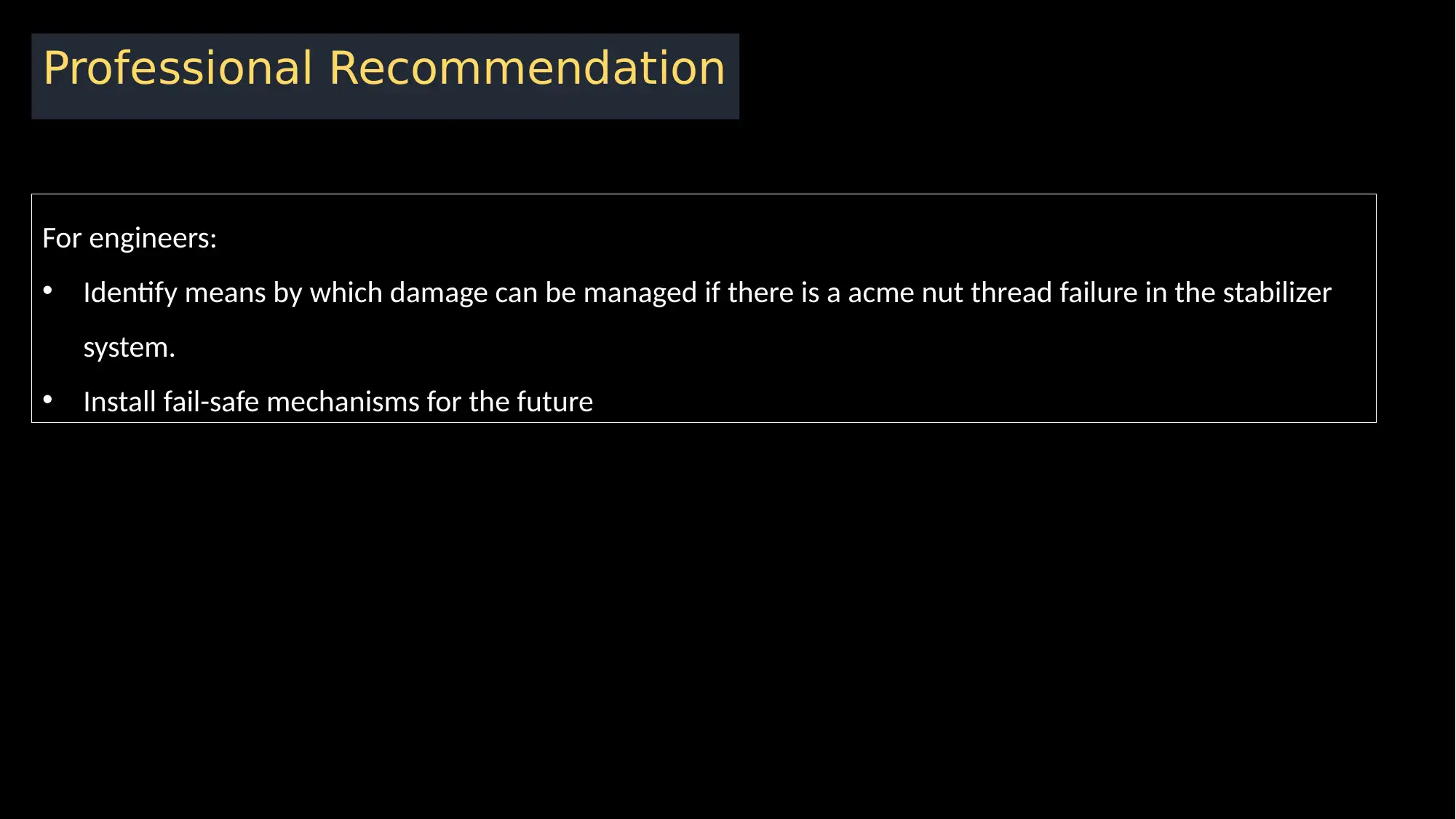
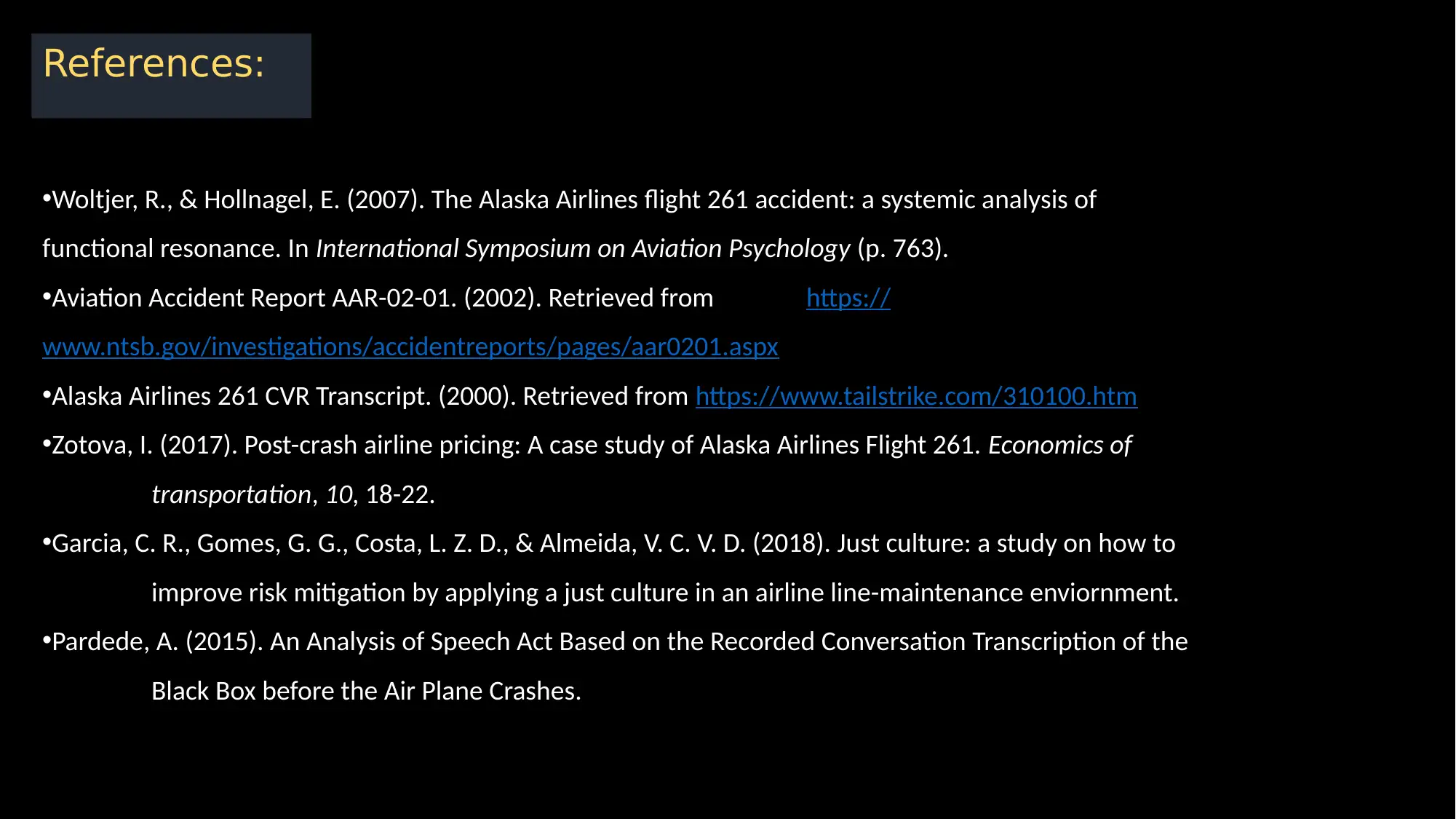

![[object Object]](/_next/static/media/star-bottom.7253800d.svg)